Chianti, what to see: 10 places not to miss
You say Chianti and you think of wine, of course, but you also think of rolling Tuscan hills, cypress trees and alternating shades of yellow and green, you think of towns and villages with centuries of tradition and rich in artistic treasures, you think of a land that has managed to transform itself into a brand known in every corner of the world. Chianti is much more than just a corner of Tuscany straddling the provinces of Florence, Siena and Arezzo where one of the most famous wines in the world is produced: thanks to the work and commitment of its people, Chianti has managed to break out of its geographical boundaries and become a symbol of Italy itself. Starting from its food and wine excellences, wine of course in the first place, but also olive oil and many other excellent products, Chianti has been able to internationalize itself more and more, but without ever forgetting its roots. It is precisely the strength of traditions and of that knowledge passed down from generation to generation that are some of Chianti’s distinguishing features and one of the secrets that has allowed it to never stop changing while remaining the same. Here are 10 must-see stops on your journey through Chianti.
1. The Castle of Meleto
In Chianti, wine and the products of the land are often one with a centuries-old history, but they are also synonymous with art, culture and hospitality. All of this can be found beautifully represented in Meleto Castle in Gaiole in Chianti. The earliest records of the castle date back as far as a thousand years, but it was then in the centuries that followed that this bulwark on the border between the territories of the Republics of Florence and Siena acquired increasing strategic importance and often became coveted prey between the two contenders. Despite the battles and sights of the lords of the past, the castle of Meleto has managed to make it almost unscathed to the present day and now dominates placidly over the cultivated hills. Here it is possible to experience a 360-degree immersion in the atmosphere of Chianti by staying among the ancient rooms, but also by indulging in wine tastings, tours to discover the traditions of these places by walking among the cultivated hills, taking cooking classes and much more.
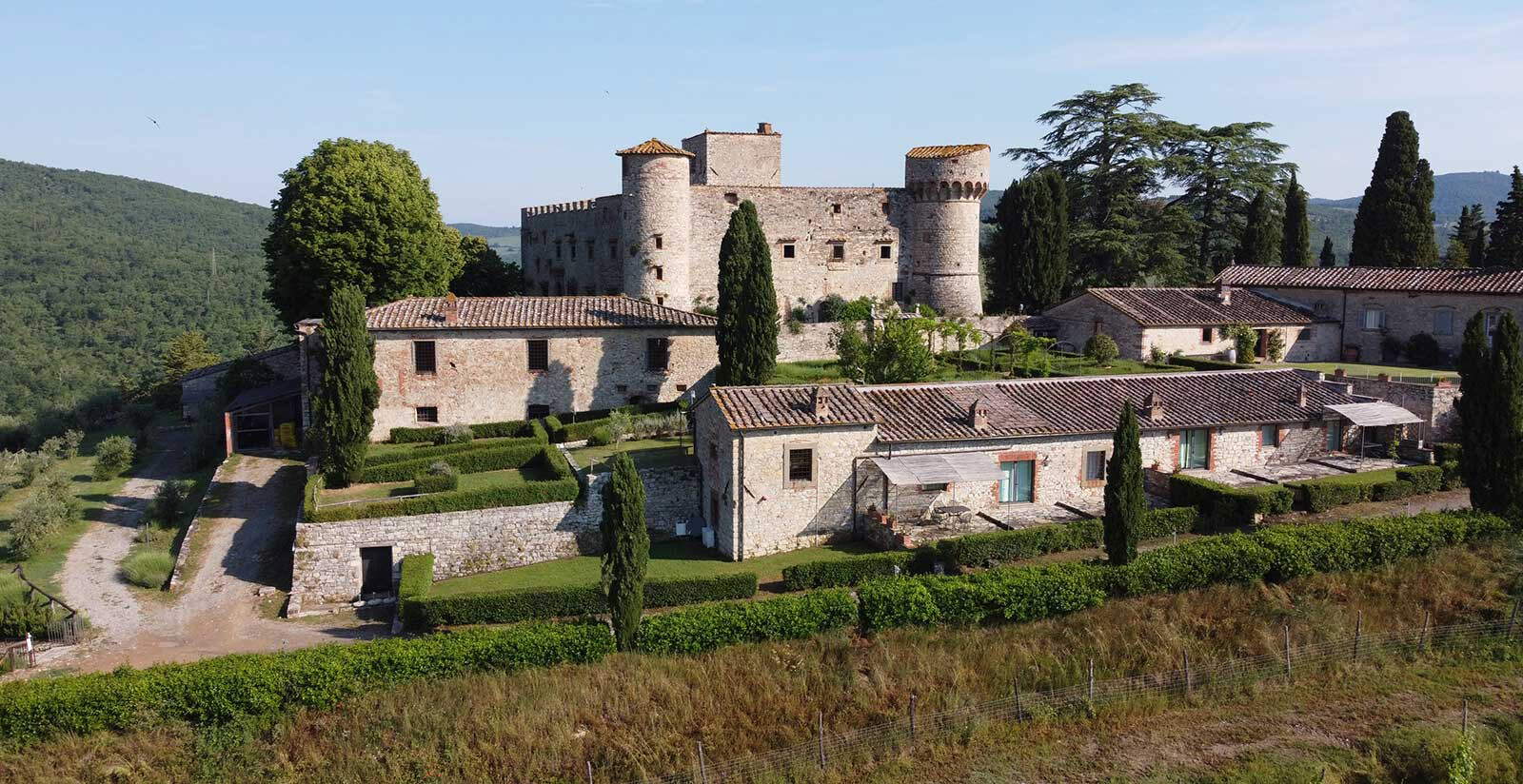
2. Chianti Classico wine and oil route
Driving along the Chianti Classico Wine and Olive Oil Road every now and then you feel as if you have jumped into a painting, a bit like in the unforgettable Disney masterpiece Mary Poppins. Strolling up and down the rolling hills that, depending on the season, take on all shades of green and yellow, but also red and orange, you can breathe deeply all the richness of this magical land that attracts so many visitors every year. Along the Chianti Classico road, moreover, century after century the entire civilization of this corner of Tuscany has developed, which has seen the Etruscans and Romans pass through and in the Middle Ages was the scene of clashes between Florence and Siena. Today, its kilometers not only carefully preserve the traces of this long and rich past, but also connect authentic food and wine excellences that today are united under the symbol of the black rooster. Chianti Classico wineries and oil farms, accommodations, restaurants, and artisans are the lowest common denominator of a long itinerary that is truly unique.

3. Greve in Chianti
Art, culture, beautiful views, good food and exceptional wine. It’s hard to find a better place to relax and unplug for a few days than Greve in Chianti. About 30 kilometers from Florence and a little more from Siena is this really very quaint village where you can find everything you go looking for from a Chianti vacation. The history of Greve in Chianti has gone on for centuries hand in hand with that of the splendid castle of Montefioralle, which still dominates the town center. What made Greve in Chianti’s fortunes, however, was its strategic location, at the crossroads of three “highways” of antiquity such as the Chiantigiana and the roads leading to the Valdarno and Val di Pesa. The continuous passage of travelers, but especially traders, made Greve in Chianti a wealthy town and an important economic center for the entire region. Today a visit to the town can only start from the very central Piazza Matteotti with its historic stores including a butcher’s store present since as early as the 18th century. Noteworthy then is the beautiful Church of Santa Croce, but also the Museums of Sacred Art and the inevitable Wine Museum.
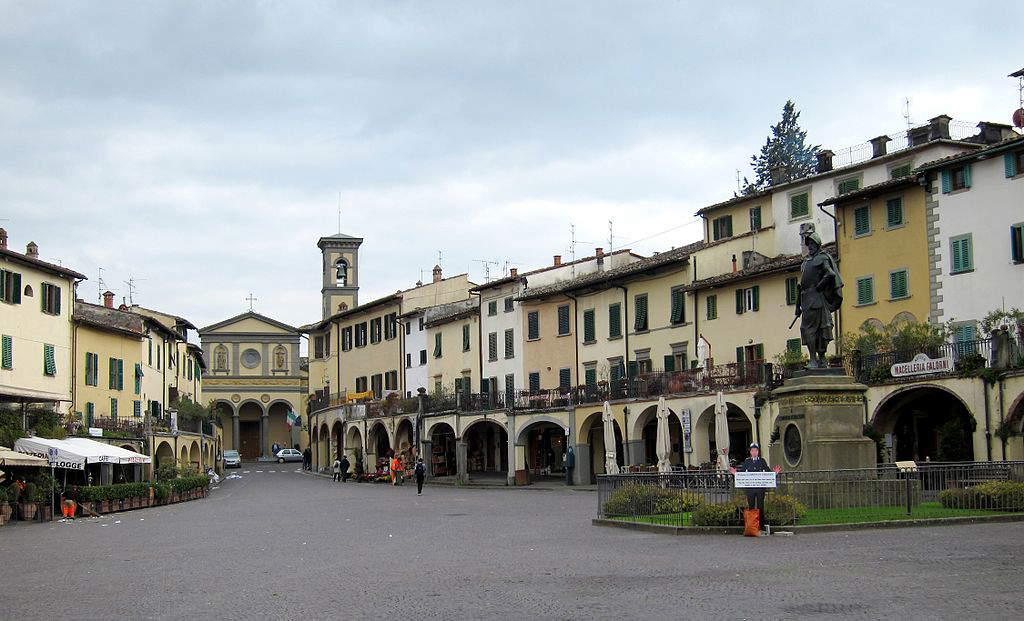
4. Castellina in Chianti
Lying placidly among the cultivated hills, Castellina in Chianti has been a silent witness to the events of these lands for centuries. The origins of Castellina in Chianti can be traced all the way back to Etruscan times, but today walking through this picturesque village one immediately notices how it still retains the unmistakable four-sided shape that is the daughter of the ancient medieval walls, not to mention the remains of the towers that in a distant past, during the clashes between Siena and Florence, were an indispensable tool of defense. Even to this day, the main fortification, the Rocca, retains a marvelous 14th-century tower from which one can enjoy a spectacular view of the city and the surrounding countryside.Absolutely striking, then, is the large underground tunnel, known as the Via delle Volte, which runs under the walls circling around the historic center. At one time this was an open-air street, but when the city grew it was decided to build over it, and even today stores and artisan workshops can be found here. Noteworthy, finally, are the many noble palaces, but also the church of San Salvatore. Finally, inside the Rocca is also the Archaeological Museum of Chianti.
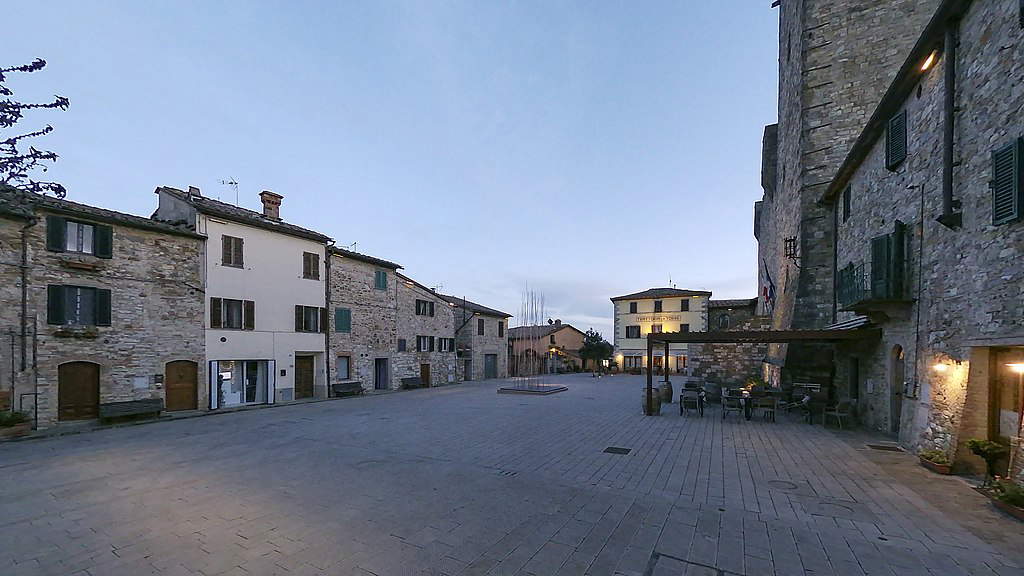
5. Gaiole in Chianti
Surrounded by hills and narrow valleys, Gaiole in Chianti has for centuries been a market town, the place where people from neighboring towns came down to meet and do business. It is precisely its nature as a town of trade and business that has meant that the center of all of Gaiole in Chianti was the large, triangular-shaped market square, which still hosts numerous cultural events related mainly to wine-making traditions. Also worth a visit is the church of San Sigismondo, inside which a splendid 17th-century marble altar is preserved. However, Gaiole in Chianti is above all a perfect starting point for many excursions to discover Chianti. Not only can Gaiole in Chianti offer a great availability of accommodations, but it is enough then to travel a few kilometers to reach parish churches and castles of great charm. This list certainly includes the Meleto and Brolio castles, but also the charming town of Vertine, the Coltibuono abbey and, last but not least, the castle of Spaltenna.
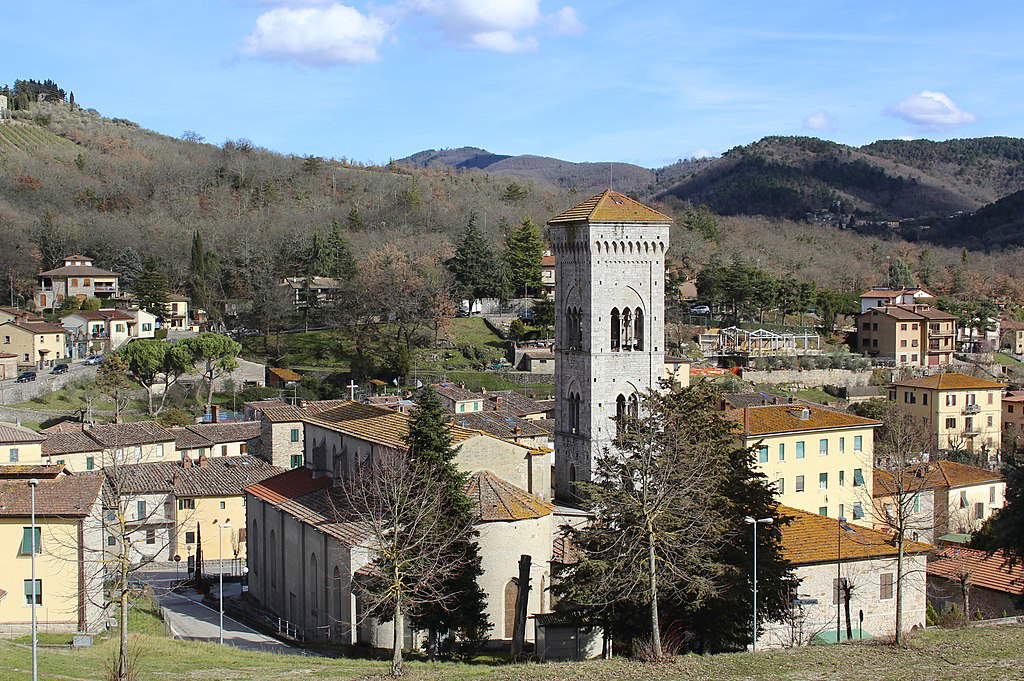
6. Castelnuovo Berardenga
Just 20 kilometers outside of Siena, Castelnuovo Berardenga is a jewel with a history dating back thousands of years and also a place to touch on all the extraordinary richness of the Chianti lands. Its splendid medieval historic center is surrounded by the spectacle of nature represented by the Crete Senesi and presents many striking views and panoramas. Precisely its proximity to Siena, moreover, made Castelnuovo Berardenga for centuries a refuge for nobles and wealthy landowners who built their buen retiro here. For this reason, splendid villas dot the entire territory of Castelnuovo Berardenga, but it is particularly its center that deserves a thorough visit. Step by step you will be able to go and discover streets and squares and be struck by the striking beauty of the steep stone stairs of Vicolo dell’Arco, while Villa Chigi Saracini, built in the 19th century on the ruins of the ancient castle, is definitely not to be missed. We are still in Chianti and so, between visits, it is always possible to stop and have a glass of good wine in one of the many wine bars.
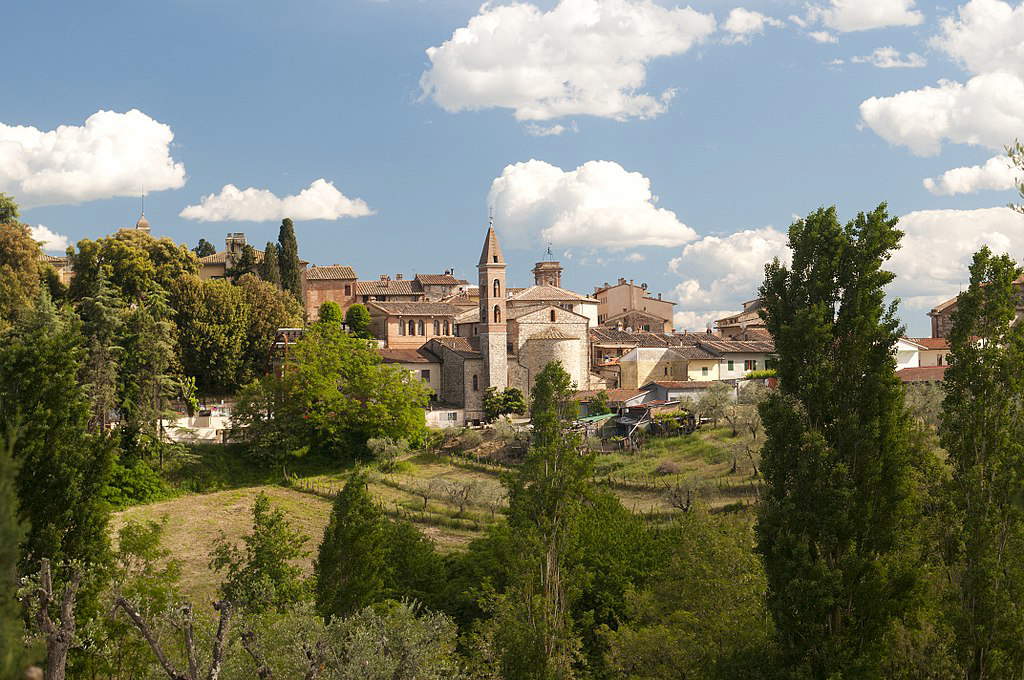
7. Chianti Sculpture Park.
In Pievasciata, in the heart of the Sienese Chianti region, is the striking Chianti Sculpture Park. It is a permanent exhibition of contemporary installations and sculptures designed to blend perfectly with the surrounding nature. This is precisely why each artist first visited the park site and then made a specific proposal for the chosen location. An amphitheater was also created within the park, offering visitors a dense program of concerts in July and August. On the other hand, as for the artists who created the works these come from all five continents and different materials to give visitors an overview of the variety and importance of contemporary art in the world today all playing on the exaltation of the relationship between art and the environment. Just a short walk from the park is also the Pievasciata borgo of contemporary art project. The small village is home to twelve more sculptures that were chosen with the involvement of families and citizens.
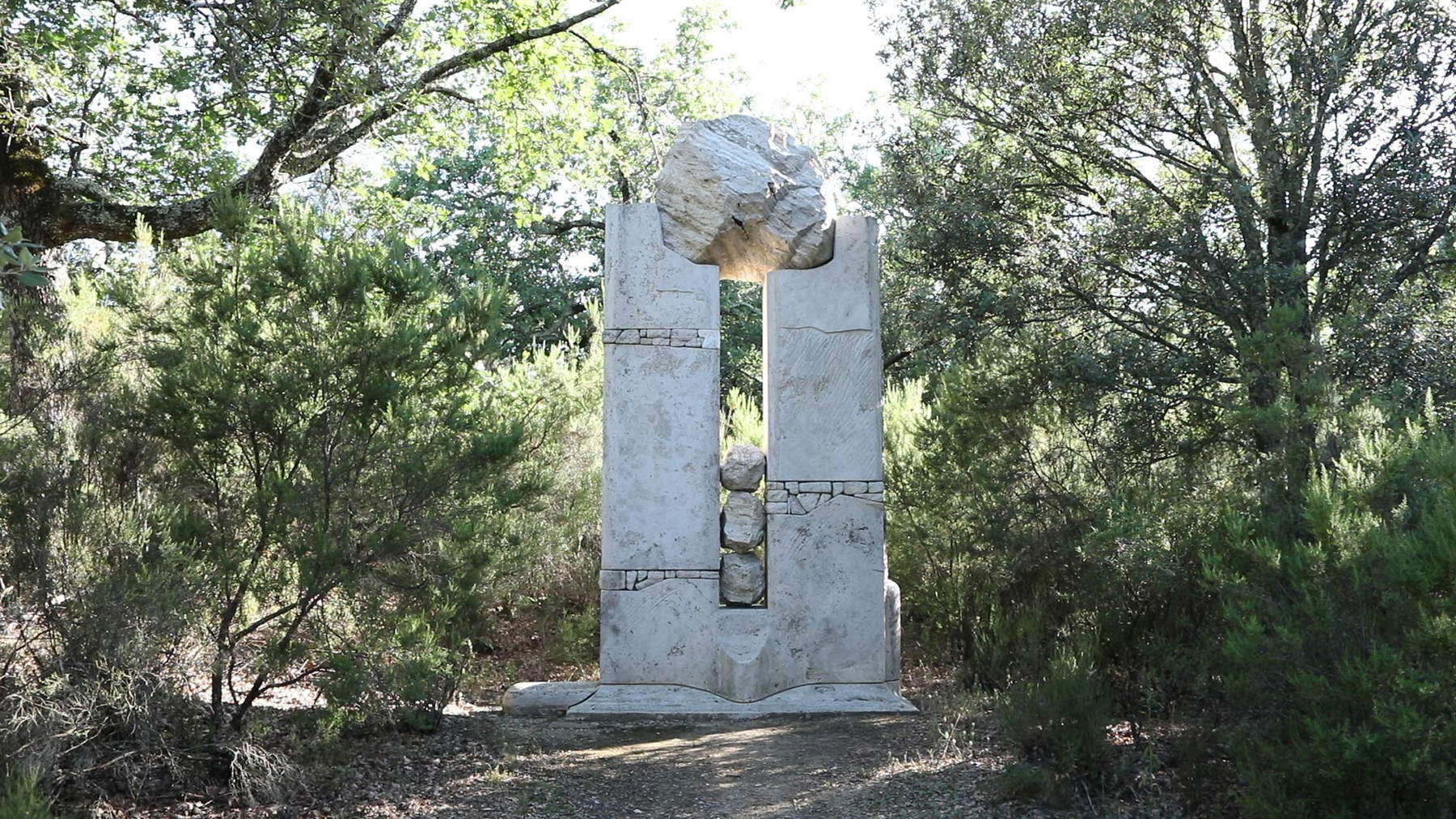
8. The Castle of Brolio
In Gaiole in Chianti, at the center of the lands of the Ricasoli estate, the largest in the Chianti Classico area, stands the Castello di Brolio with its unmistakable profile. Its origins are traced back to the 12th century, and throughout its long history Brolio Castle has been the scene and backdrop of assaults and destruction in numerous historical battles: from 15th-century Aragonese and Spanish clashes to 17th-century disputes and the aerial and artillery bombardments of World War II. Today the manor, which has been rebuilt and modified several times, bears the signs of the different eras that have contributed to creating a truly special place. From the grandeur of the fortified ramparts of medieval style, to the austere Romanesque and neo-Gothic insertions, to the specificities of nineteenth-century Tuscany, the castle of Brolio is a melting pot of styles and artistic and architectural sensibilities that make it all the more precious and evocative. Its rooms and splendid gardens are definitely a must-see in your discovery of Chianti.
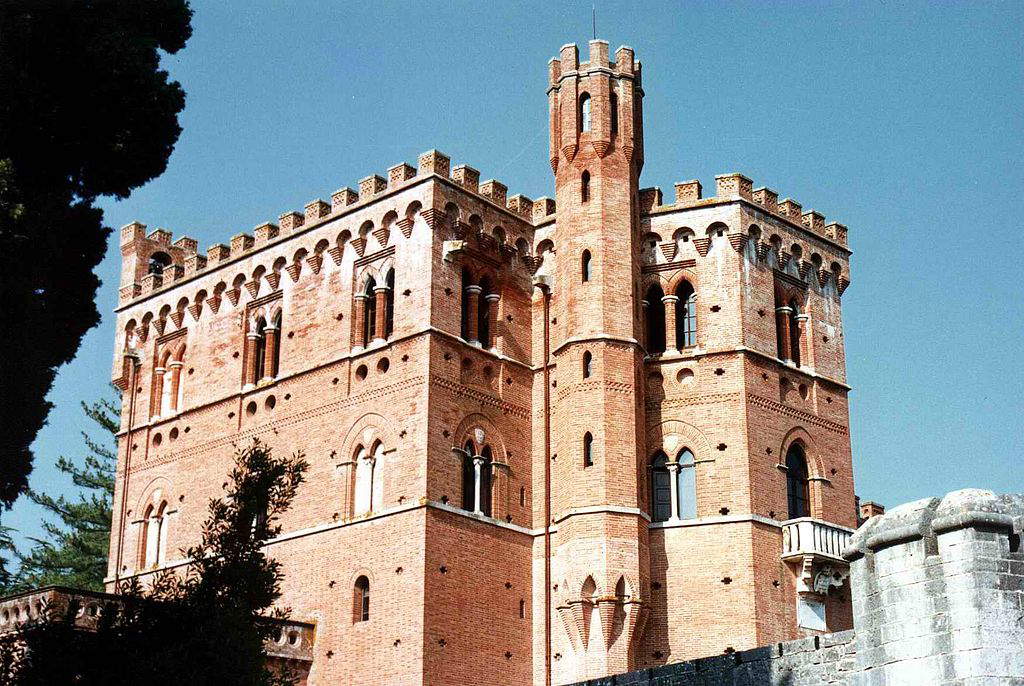
9. Montefioralle
Montefioralle is a small architectural masterpiece overlooking the upper valley of the Greve River and the ridge of the Chianti Mountains. From the castle passes the road connecting the valley floor to the so-called road of the Poggi, and from its elevated position you can see the towers of San Gimignano on one side and the basin of Florence and the hill of Fiesole on the other in the distance. Montefioralle over the centuries has developed in concentric rings around the castle that sits atop the hill, while its township is all enclosed within the walls. At the center of the village, in the highest part, is the church of Santo Stefano, which holds numerous works of art including a valuable 13th-century panel depicting the Madonna and Child by the Master of Montefioralle and a Trinity among four saints attributed to the Master of the Epiphany of Fiesole. However, it is the whole village that still retains a special charm since among its streets and alleys time seems to have stood still, leaving the castle and all of Montefioralle almost a separate island from the town of Greve in Chianti.
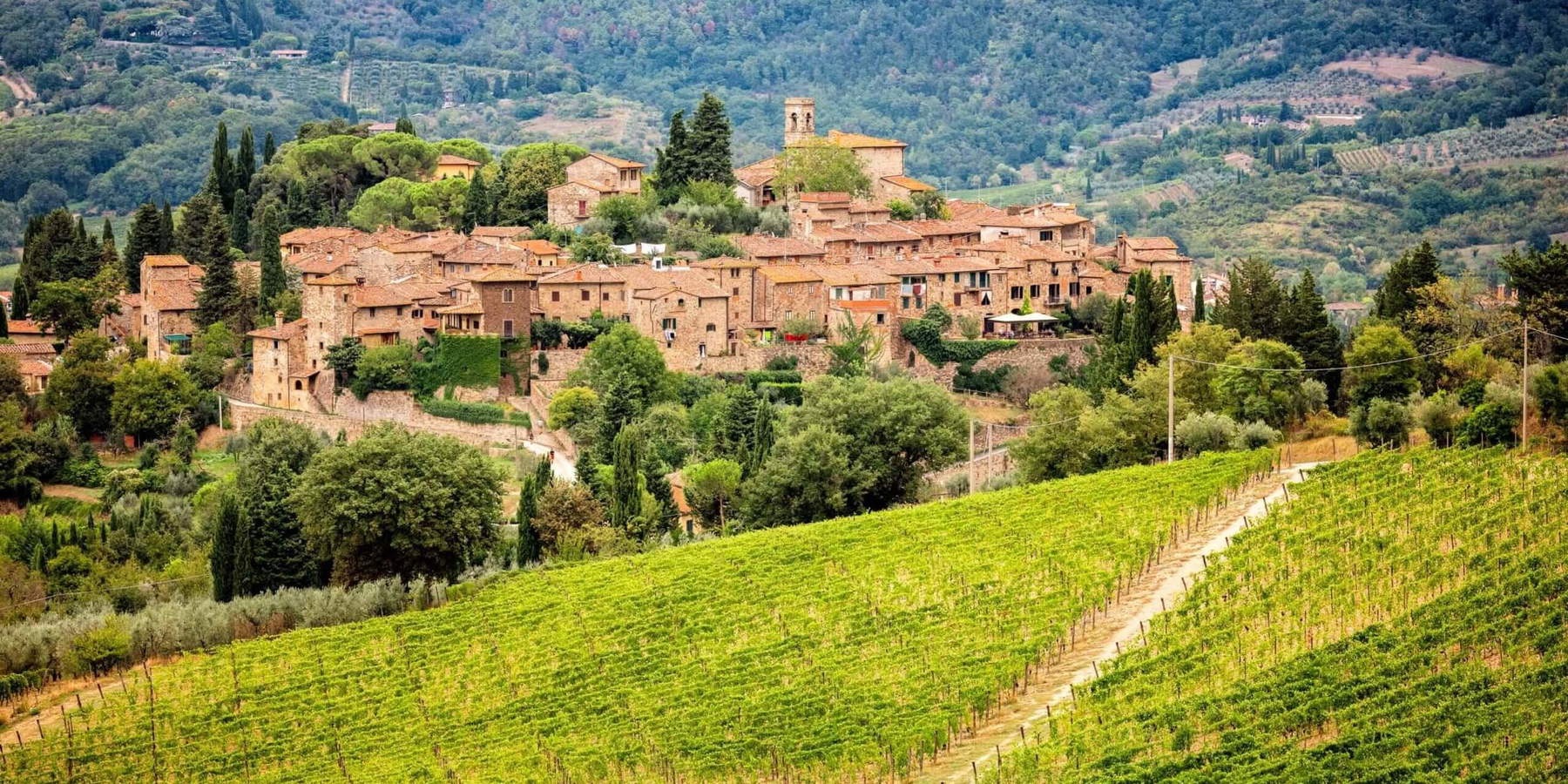
10. Pieve di San Paolo in Rosso
The parish church of San Paolo in Rosso is located in Poggio San Polo, in the municipality of Gaiole in Chianti, and with all its austere simplicity perfectly sums up the diverse souls and complex history of these hills. The parish church of San Paolo in Rosso stands out with its characteristic profile on the rolling hills of Chianti and has maintained its great charm for centuries. The earliest mentions of the pieve di Paolo in Rosso date back even before the year 1000, and although the building has been remodeled several times over the centuries, the legacy of this long history is still clearly visible. Its profile, in particular, is already reminiscent from afar of the combination of the sacred and the military proper to many buildings in these lands that have long been a battleground between various lordships. It is therefore correct to speak of a fortified parish church characterized by a Romanesque-Gothic style and consisting of a large church and three naves embraced by a quadrangular castle building. Inside the church several medieval frescoes and a beautiful wooden crucifix stand out.
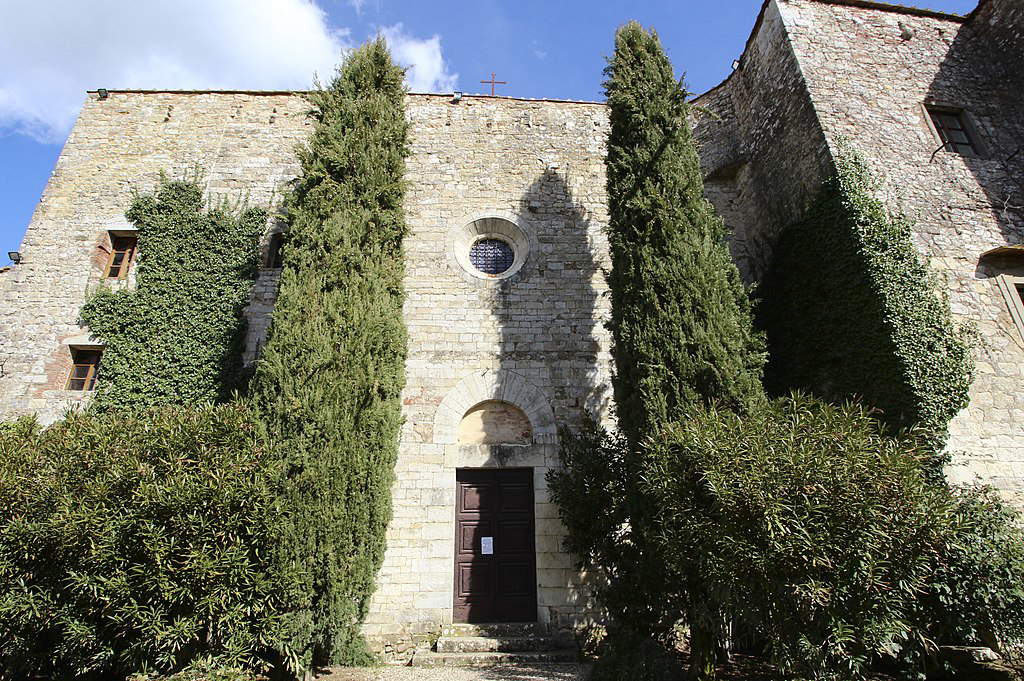
 |
| Chianti, what to see: 10 places not to miss |
Warning: the translation into English of the original Italian article was created using automatic tools. We undertake to review all articles, but we do not guarantee the total absence of inaccuracies in the translation due to the program. You can find the original by clicking on the ITA button. If you find any mistake,please contact us.



























